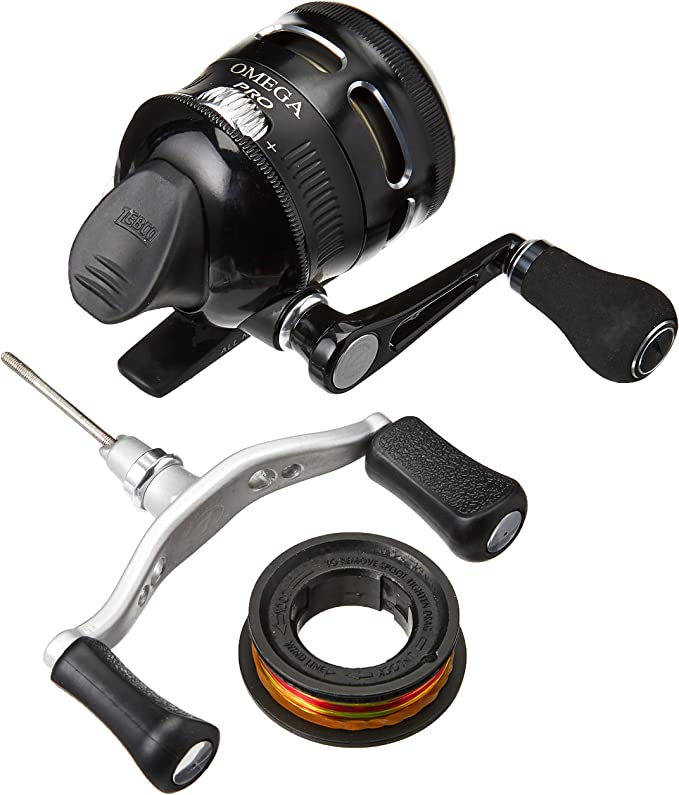Pneumatic Architecture: The Engineering Science Behind Modern Inflatable Tents
Update on Nov. 19, 2025, 10:49 a.m.
For generations, the ritual of setting up camp has been defined by the clatter of aluminum, the snap of shock cords, and the geometric puzzle of threading rigid poles through nylon sleeves. It is a structural paradigm based on tension and compression, relying on a skeleton of metal or fiberglass to fight gravity and wind. However, a quiet revolution is reshaping the campground—one that replaces rigid skeletons with the fluid dynamics of air.
The rise of inflatable tents, such as the KNUO B2-air tent, represents more than just a convenience feature; it is an application of pneumatic architecture. By understanding the physics of air pressure and the material science of modern fabrics, we can see why these “blow-up” structures are not merely toys, but robust shelters engineered to withstand forces that often snap traditional poles.

The Physics of Stability: Pascal’s Principle in the Wild
The skepticism surrounding inflatable tents usually centers on stability: “Can air really hold up against a storm?” The answer lies in Pascal’s Principle, which states that pressure applied to a confined fluid is transmitted undiminished in all directions.
The Air Beam Concept
In a tent like the KNUO B2, the “poles” are replaced by PVC air columns. When inflated, the internal air pressure pushes outwardly against the fabric casing with equal force at every point. This transforms a limp tube into a rigid structural beam. * Structural Integrity: Unlike a hollow aluminum pole which relies on the material’s inherent stiffness (and can buckle if that limit is exceeded), an air beam relies on the tension of the casing. As long as the internal pressure is maintained, the beam resists bending. * Failure Modes: This is the critical engineering advantage. In a severe gust of wind, a fiberglass pole will flex until it snaps, often tearing the rainfly and rendering the tent useless. An air beam, however, possesses elastic memory. Under extreme load, it may deform or bend flat, but once the wind gust passes, the internal pressure forces it back to its original shape instantly. It bends, but it does not break.

Material Science: The Fortress of Fabric
An air beam is only as strong as the sleeve that contains it. If the sleeve stretches or tears, the structure fails. This brings us to the importance of textile density.
Decoding Denier (D)
Tent fabrics are often rated in “Denier” (D), a unit of measure for the linear mass density of fibers. Standard backpacking tents typically use 20D to 70D nylon to save weight. The KNUO B2 utilizes 1080D Oxford fabric. * The Engineering Implication: 1080D means the fibers are exponentially heavier and thicker than standard camping gear. This density provides the necessary tensile strength to contain the high-pressure air beams without bulging. Furthermore, it offers superior resistance to UV degradation and physical abrasion. * The Hydrostatic Head: While the weave provides strength, the coating provides waterproofing. A heavy-duty PVC coating fills the gaps in the weave. Combined with a “bathtub-style” base—where the waterproof floor material extends several inches up the walls—this construction eliminates ground-level seams, the most common failure point for water ingress during heavy rain.

Aerodynamics and Ergonomics: The Shape of Comfort
The form factor of an inflatable tent is distinct. Without the limitations of bending rigid poles into specific arcs, designers can optimize the shape for both wind resistance and human habitation.
Wind Deflection
The rounded profile typical of air tents is not an aesthetic choice; it is aerodynamic. Sharp angles create turbulence and drag. A smooth, curved surface allows wind to flow over the structure, creating a downforce that helps pin the tent to the ground rather than lifting it.
The Vertical Advantage
Traditional dome tents often suffer from sloping walls that restrict usable space to the very center. Pneumatic design allows for nearly vertical sidewalls. In the KNUO model, this results in a peak height of over 7 feet and 72 square feet of floor space. * Ergonomic Value: This “cabin” geometry drastically improves livability. It allows occupants to stand upright, change clothes comfortably, and utilize the entire floor area for cots or furniture, effectively bridging the gap between camping and glamping.
Thermodynamic Considerations
One often overlooked benefit of heavy fabric and air beams is insulation. The air inside the beams acts as a thermal break, and the thick 1080D fabric has higher thermal mass than thin nylon. This helps moderate internal temperatures, keeping the interior slightly cooler under the sun and retaining warmth better during chilly nights. Ventilation ports are engineered into the design to manage the moisture generated by occupants, preventing the “greenhouse effect” common in sealed synthetic shelters.

Conclusion: The Evolution of Shelter
The transition to inflatable technology in outdoor gear mirrors broader trends in engineering: replacing heavy, rigid mechanical components with lighter, smarter, fluid-based solutions. The KNUO B2-air tent serves as a prime example of this shift. It demonstrates that a shelter need not be heavy or complex to be strong. By leveraging the physics of air pressure and the durability of high-denier textiles, modern campers can enjoy a setup that is not only faster—taking mere minutes—but arguably more resilient in the face of nature’s unpredictability.






























